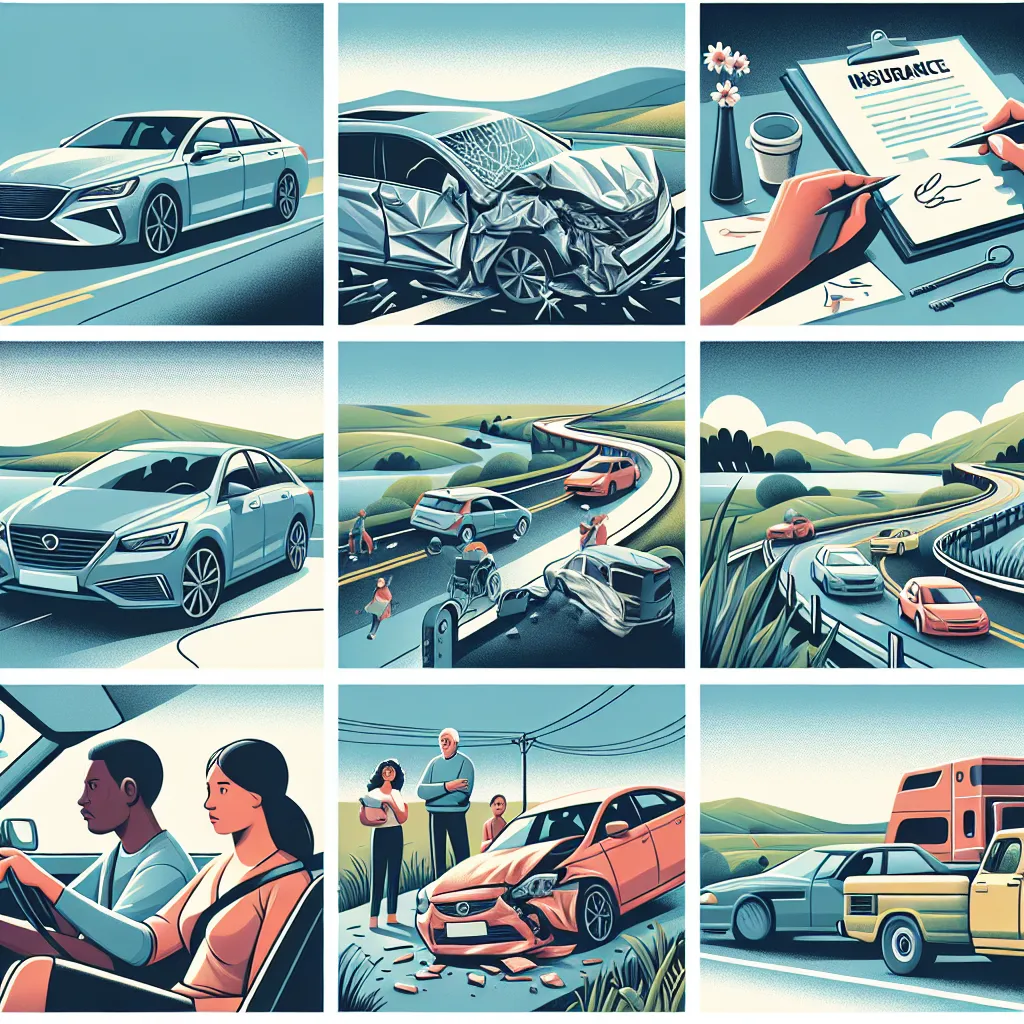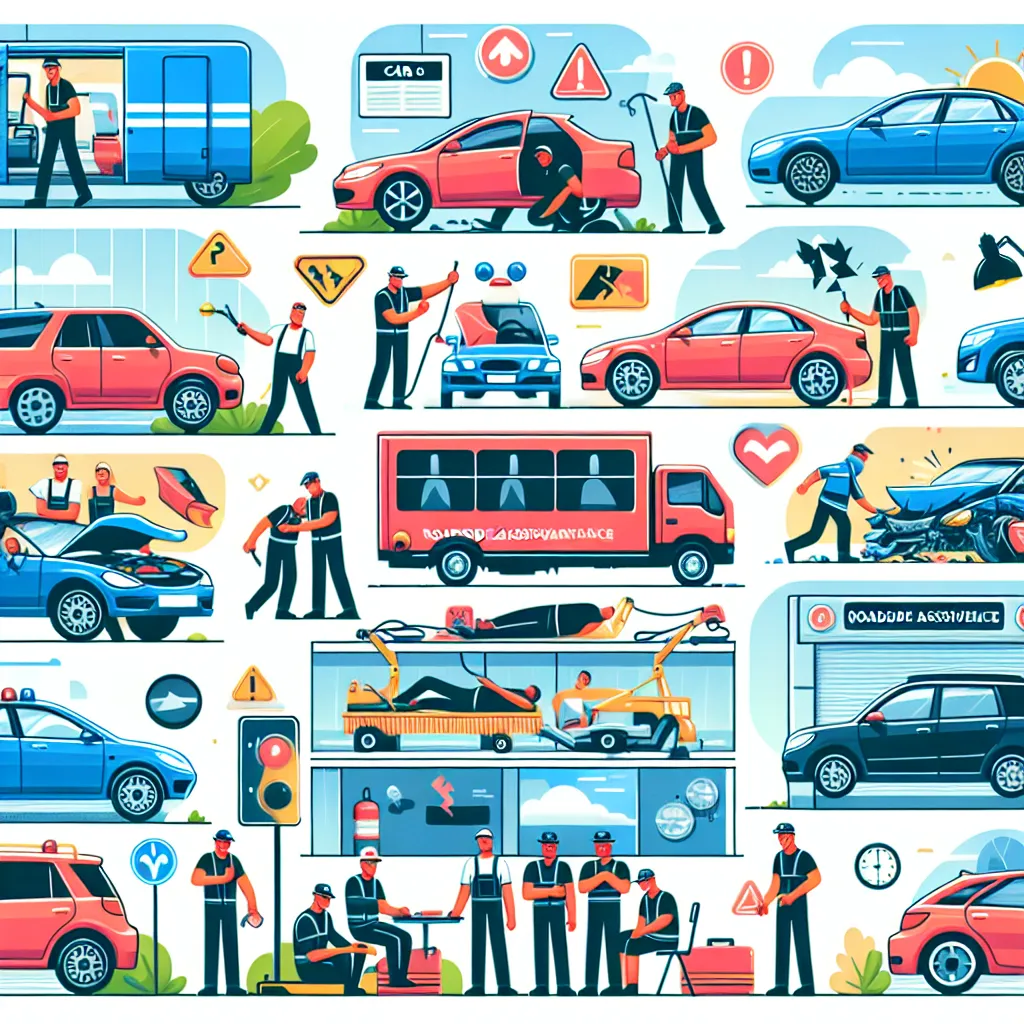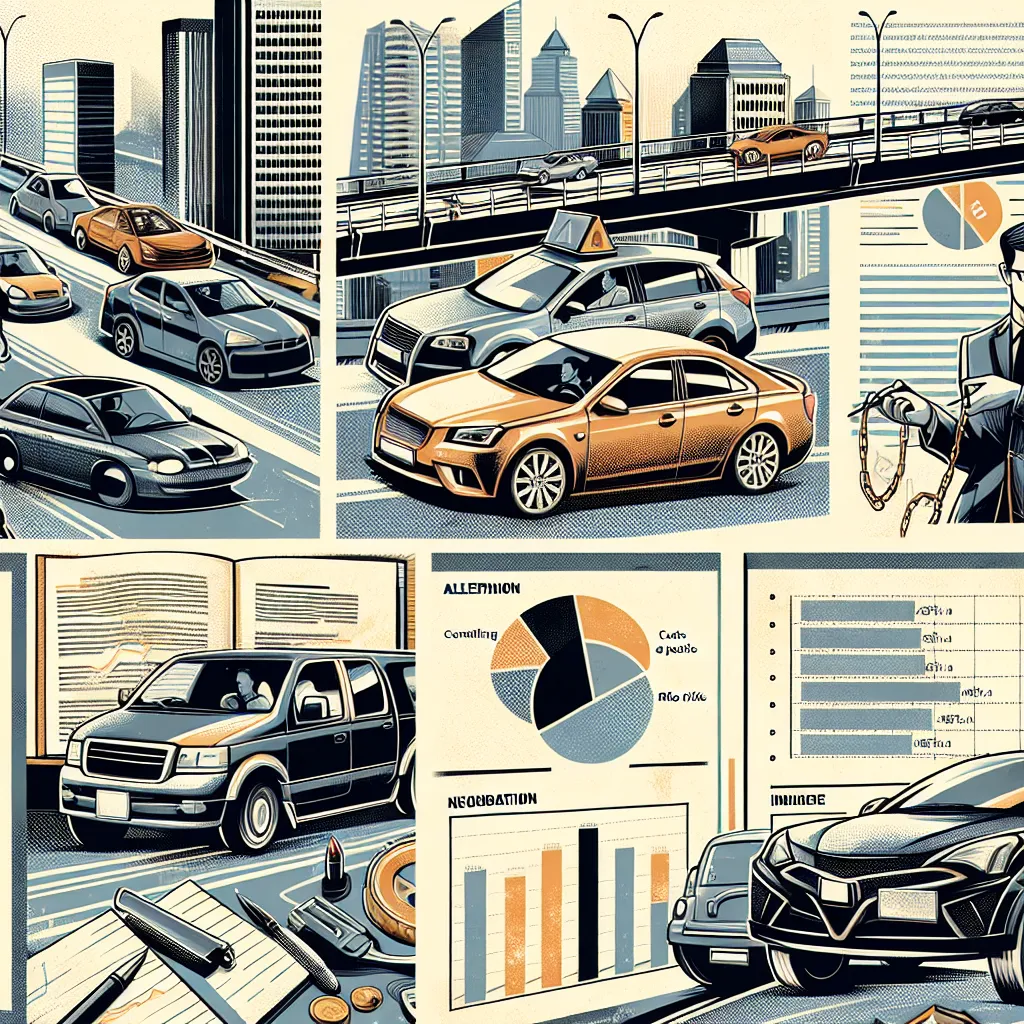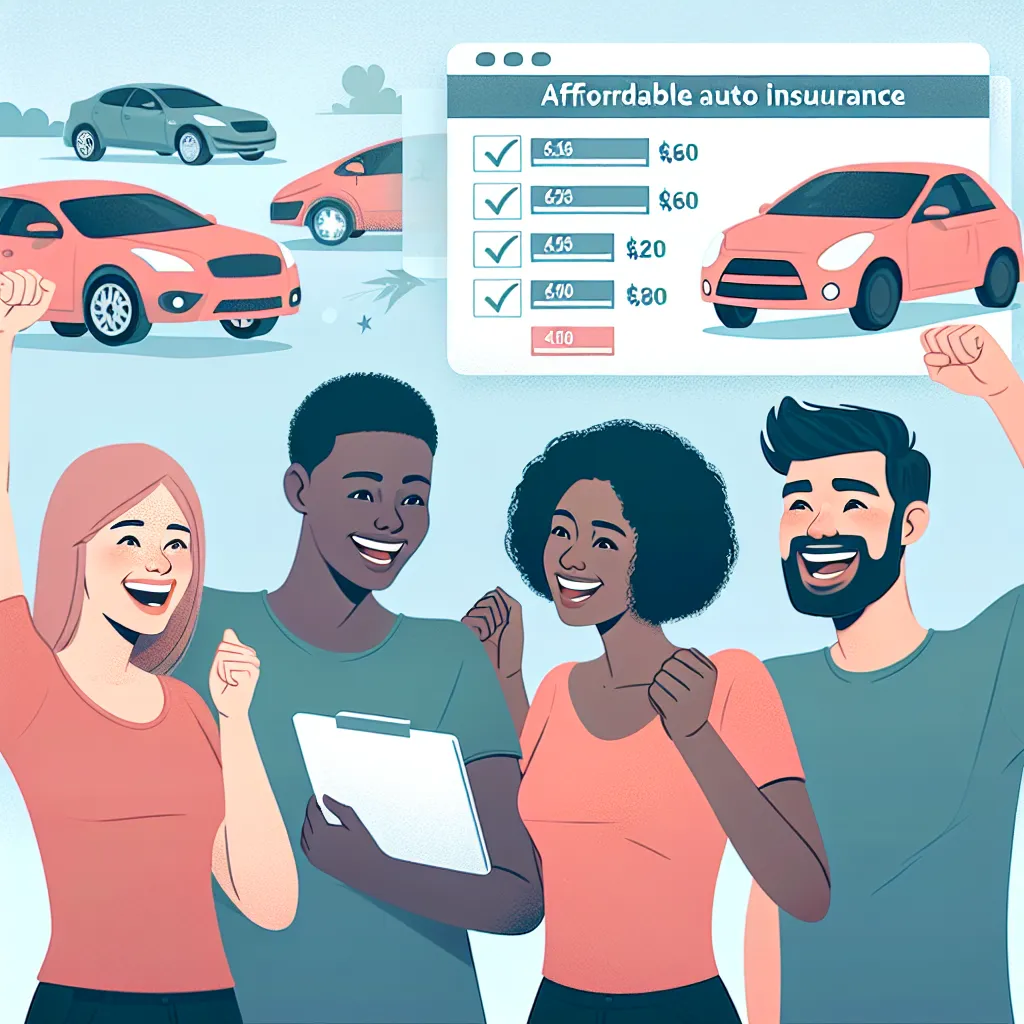Our news
Our goal is to make insurance simple, so you can protect yourself and your vehicle with confidence.
-

Ventajas y consejos del seguro de coche a todo riesgo
Descubre qué es el seguro de coche a todo riesgo, sus beneficios, cuándo es recomendable y cómo elegir la mejor opción para tu vehículo.
-

¿Vale la pena contratar un seguro de coche a todo riesgo?
Descubre todo sobre el seguro de coche a todo riesgo, sus beneficios, cuándo es recomendable y cómo escoger la mejor opción para tu vehículo.
-

Descubre cuánto cuesta realmente asegurar tu coche hoy
Conoce el coste medio del seguro de coche y aprende cómo reducirlo. Comparte factores, coberturas y consejos para ahorrar en tu póliza.
-

Cómo elegir el mejor seguro de coche para mayores de 80 años
Descubre todo sobre el seguro de coche para mayores de 80 años, sus coberturas, precios y consejos para conducir con tranquilidad y seguridad.
-

Unlock Savings with Top Discount Auto Insurance Strategies
Discover how to find the best discount auto insurance and keep more cash in your pocket with expert tips and smart coverage choices.
-

Unlock Savings with the Best Affordable Car Insurance
Discover how to find the best affordable car insurance that offers great coverage at a price you can afford. Learn tips, discounts, and more!




